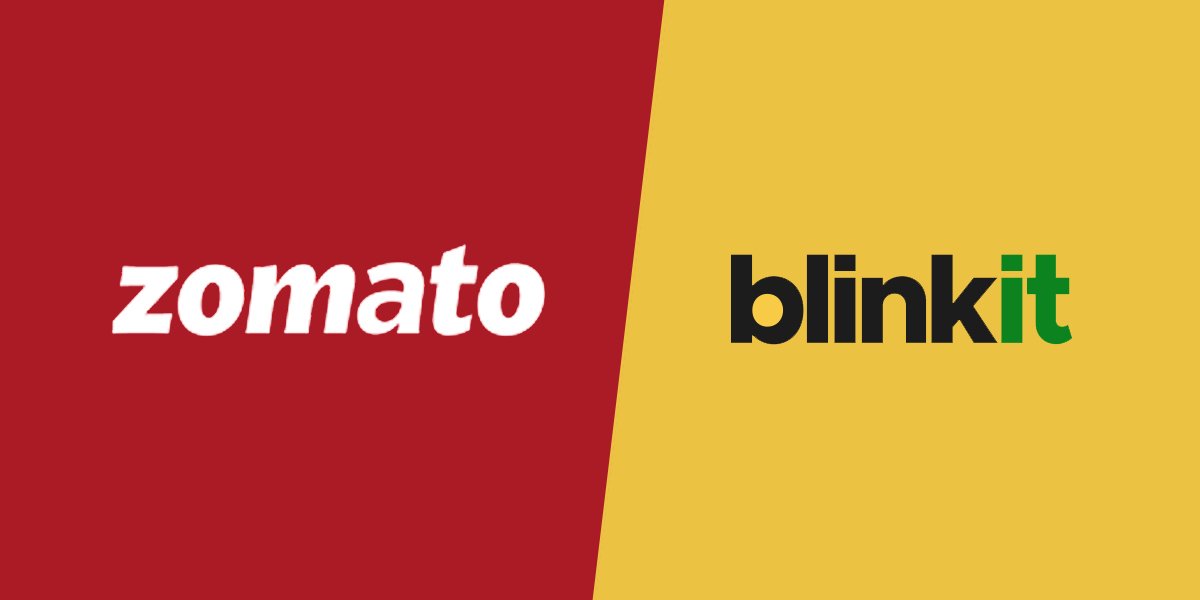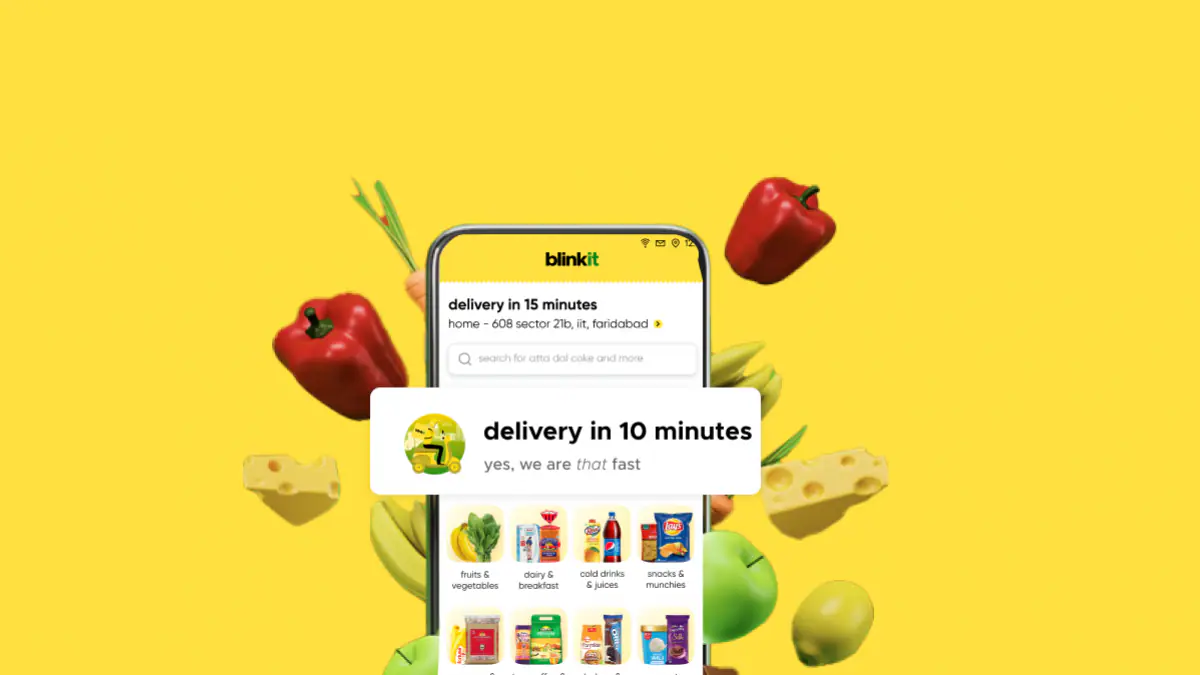Blinkit, formerly known as Grofers, stands out in the Indian online grocery delivery sector with its innovative business model and focus on quick commerce. Let’s delve into the intricacies of Blinkit’s business model, exploring its strategies, revenue streams, and the factors that have contributed to its success.
Blinkit, the Quick commerce player, reported a threefold increase in revenue to Rs 724.2 crore in FY23, following its merger with Zomato Ltd. However, losses also grew from Rs 1,020.1 crore in FY22 to Rs 1,191.5 crore in FY23, according to recent filings, according to bqprime.
Blinkit: From Grofers to Quick Commerce
Founded in 2013 by Albinder Dhindsa and Saurabh Kumar, Blinkit initially operated as Grofers, an online grocery app. However, recognizing the evolving needs of consumers and the potential in quick commerce, the company underwent a strategic shift. This led to a rebranding as Blinkit, emphasizing its commitment to delivering groceries within 10 minutes, a significant leap from its initial model.
Three Pillars of Blinkit’s Business Model
Blinkit’s success rests on three essential pillars:
1. Customers
The inception of Blinkit aimed to address the challenges faced by individuals who found it cumbersome to engage in physical grocery shopping. This includes working professionals, older individuals, students, and those dealing with health issues.
2. Local Vendors
Blinkit fosters partnerships with local vendors, particularly those with limited marketing budgets and manpower for doorstep deliveries. This collaboration not only expands the business reach but also supports local businesses.
3. Delivery Team
To ensure timely deliveries, Blinkit has a dedicated delivery team operating in specific neighborhoods. These teams work closely with local stores to streamline the delivery process of everyday essentials.
Evolution of Blinkit’s Business Model
Blinkit’s journey involved an evolution from its initial model, which relied on direct deliveries from local stores. Recognizing the challenges and limitations of this approach, the company pivoted to an inventory-based model. In this refined model, groceries undergo quality checks at a local warehouse before being delivered to customers.
Blinkit’s Operational Framework
Blinkit operates as an online grocery delivery app, offering a selection of nearly 7,000 products with a commitment to delivering within 10 minutes. The company strategically places partner stores within a 2 km radius in various cities, ensuring efficient and swift deliveries.
Revenue Streams of Blinkit
Blinkit employs several revenue streams to sustain its operations:
1. Commission-Based Model
When customers place orders through the Blinkit app, which connects various brands and local stores, the company earns a commission ranging from 8% to 15%.
2. Private Brands and Investments
Blinkit has ventured into private brands, contributing significantly to its revenue. By investing in private labels, Blinkit taps into diverse income streams.
Conclusion
Blinkit, formerly Grofers, has successfully carved a niche in the Indian online grocery delivery market. Through strategic shifts, a customer-centric approach, and a commitment to quick commerce, Blinkit continues to innovate in the ever-expanding e-commerce landscape.

Zomato acquired Blinkit for $568 million in an all-stock deal on August 10, 2022, aiming to strengthen its quick commerce services amidst the growing demand for speedy grocery deliveries. It’s important to note that Blinkit is not under the direct ownership of Zomato’s parent organization.
FAQs
Q1: What led to Blinkit’s shift from Grofers to Blinkit?
The shift from Grofers to Blinkit was fueled by the company’s strategic decision to focus on quick commerce, delivering groceries within 10 minutes, addressing the evolving needs of consumers.
Q2: How does Blinkit ensure the quality of delivered products?
Blinkit shifted to an inventory-based model, conducting quality checks at a local warehouse before delivering products to customers. This ensures that the goods meet standard quality before reaching the end consumer.
Q3: What is the geographical reach of Blinkit’s delivery services?
Blinkit operates in more than 30 cities across India, strategically placing partner stores within a 2 km radius to facilitate quick deliveries.
Q4: How does Blinkit differentiate itself in the online grocery delivery market?
Blinkit distinguishes itself through its commitment to quick commerce, promising to deliver a wide range of products within 10 minutes. This emphasis on speed sets it apart in the competitive online grocery sector.
